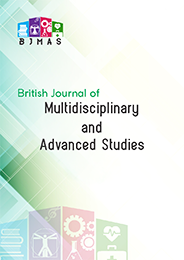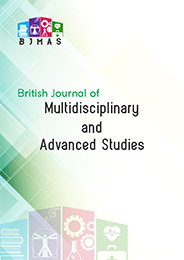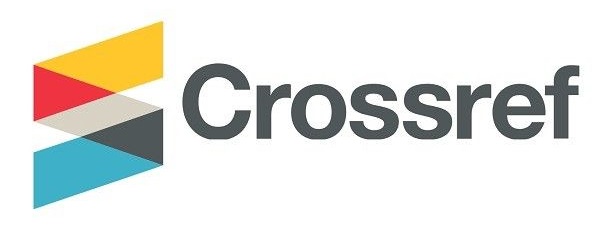Foreign Exchange Market and Manufacturing Sector Performance in Nigeria
DOI:
https://doi.org/10.37745/bjmas.2022.04238Abstract
In this paper, we explored the effect of exchange rate on manufacturing sector performance in Nigeria from 1981 to 2022. The motivation for paper arises from the recurring exchange rate depreciation and the declining manufacturing sector performance in recent times. The study utilized the autoregressive distributed lag approach as an analytical technique. Findings from the study portrayed that exchange rate and interest rate exerted negative and significant effect on the manufacturing sector performance in Nigeria. Other key findings include the fact that both bank credit to the manufacturing sector and government expenditure exerted a positive and significant effect on manufacturing sector performance in Nigeria during the study period. It was therefore recommended that exchange rate stability is necessary to curb the uncertainties associated with the import bill of pertinent inputs required by the manufacturing sector.
Downloads
Downloads
Published
Versions
- 30-01-2025 (2)
- 30-01-2025 (1)












